As a man, assigned male at birth because of my male anatomy, male hormones, male brain, and the fact that I own a penis instead of a vagina, I have been taught for decades by male peers, male role models, and male idols to enact a regular practice of something we men like to call, “Manning Up.” To Man Up is a time-honored two step process which begins by first (1) acknowledging something isn’t fair, and then (2) getting the fuck over it. I do this all the time. As a single father, I ban the use of the word “fair” in my household. My kids are better for it.
I say this to make it absolutely clear that unlike a lot of boorishly banal material you might encounter within the wretchedly named “Manosphere,” this is not intended to be a whiny article. I’m not complaining, nor am I calling for societal change or action. I’m simply wondering exactly how dominant female privilege has to get before they declare victory and take their boot off the necks of men. I really don’t know the answer to this question, but we’ll speculate about that below after the wall of graphs. HWFO loves graphs.
Herein we will go point by point through as many measurable societal markers as I can think of, leaving no marker unmarked, and put together a Gender War Scoreboard describing as accurate a snapshot as possible of the current state of the United States. Then we’ll close with some analysis about how badly it would have to get before the women finally just declare victory and move on. This post shall be too big for email.
To assign our score, we will look at sets of data that fall generally into two categories. For victimization ratios and similar, we’ll just look at percentage by gender. For comparing two uncapped sets of data, such as life expectancy, we’ll look at a ratio and make them both add to 100 for an apples-to-apples comparison. Then we’ll add them all up at the end to tally the score.
Salary
HWFO covered the gender wage gap in 2022, but I’ll summarize it here so you don’t have to read back. According to a 2008 analysis by the Department of Labor, now 16 years old, the raw gender wage gap was 20.4% in 2007:
Most of the gap was explainable by career choice and lifestyle choice differences:
When compared properly that looks like this:
Sixteen years ago, the bits of the gender wage gap that weren’t explained by career and life choice differences only totaled 6%. This fact has been known for a decade and a half and is constantly hidden from view by Pew, the NLWC, and any other major organization that profits from the perception that this gap is large and persistent. It has also assuredly closed to narrower than that 6% in the ensuing decade and a half, but nobody’s replicated the Department of Labor analysis. Look closely at the effects in the green bar identified by the Department of Labor. “Child birth” is how you become a mother. “Child care” is something mothers do. “Working part time” is something mothers do. “Time out of the labor force” is something mothers take. “Occupational choice” is something women change when they become mothers. Here are some graphs from Kleven et al, March 2019:
The solid lines are women. In every studied area, the women make equal or more than the men do up until the birth of their first child, and then they make less. The gender wage gap difference is in the choice to have children. Women choose to make professional concessions to raise a family while the men don’t. Is this fair? Some might say no, but only if they also don’t want to be the primary caregiver for their kids. Some would say yes, for the following two reasons: (1) women choose this, especially in feminist societies, but also (2) men are punished socially for choosing this. If you do not believe me, go make two fake male Tinder profiles with identical cute photos in them, and in the bio of one say “corporate lawyer” and the other say “part time daycare worker” and see which one gets more hits. Then do the same with a female profile. Men are socially punished by women for making the career concession, women are not socially punished by men for making it.
Often when these sorts of “equal pay for equal work” studies are properly controlled for mothering and career choice, they find that men are paid less than women for equal work. Google was pretty famously forced by their neo-progressive staff to do an internal analysis of the subject, and uncomfortably discovered they were overpaying women for being women on an “equal work” basis. The results were twofold. First Google paid all the men a one time bonus, then Google quietly never investigated it again so they could get back to paying women more.
Harvard Business Review did a deep dive on this topic, including things like female executive pay, and came to the same conclusions.
The problem with the notion that American women should be able to successfully clone the male competitive model is that husbands have not picked up a significant share of women’s traditional responsibilities on the home front.
[…]
In Europe, various groups of social feminists have viewed the problem for women quite differently. For them, it is not woman’s lack of legal rights that constitutes her main handicap, or even her lack of reproductive freedom. Rather, it is her dual burden—taking care of a home and family as well as holding down a job—that leads to her second-class status.
Feminists and harried housewives will style this as a “lazy men” problem, but I’m a single father widower of two kids and I do 100% of each of those bars in the graph. I did around 80% of those bars when my wife was still with us, because she was a construction estimator who worked 55+ hours a week. I took the professional hit, quitting my job and starting my own business with flexible hours so I could do it. There was no other way. Most women don’t want men who want to do that. Most women want men who make more money than they do, which means they’re looking for men who aren’t going to do meal prep, clean the house, or grocery shop, whether they admit to this up front or not. In doing less primary childcare and household responsibilities, men are simply giving women what they want in the dating world. This tendency shows up repeatedly in the scientific literature.
For our comparison today, we’ll stick with the Department of Labor analysis that showed female salaries, adjusted for motherhood choice and choice of profession, are 94% of male ones. 52% of the money earned is earned by males, 48% is earned by females.
The gender wage gap is mostly a result of motherhood choice, partially a result of the social implications regarding how women’s dating preferences steer men’s behavior, and the rest gets rounded out by the other element of child rearing in the United States, child custody.
Custody
Out of the eleven million single parent homes in 2020, 80% were headed by single mothers. Some of this flows from unwed mothers with absent fathers, but exactly the same number (80%) of divorce custody cases end with the mother being granted custody, while in only 52% of cases was this arrangement agreed upon by both parties. Two thirds of divorces involving children are initiated by women. One in five divorced mothers have sole custody with zero visitation allowed by the father. Father income and access to better legal representation has no effect on the outcome of custody battles. I do not know if 80% is some magic number or merely a curious coincidence.
More custody among single mothers means more women splitting time between professional and child rearing obligations, which feeds into the wage gap. This is an outcome women want, men don’t, and women have won even though it drags at the wage metric. They won it 80:20.
Home Ownership
An analysis by Lending Tree shows that in the United States in 2023, single women owned 10.95 million homes, while single men owned 8.24 million, a gap which was rising since 2021.
They describe the results like this:
…but that doesn’t accurately represent things. This might be better.
Or this.
Notice the difference? There’s a 5.86% difference between the total number of houses owned by single men and single women when counting the houses owned by married folks in the pool, but just counting single men vs single women, the gap is four times bigger.
In the Lending Tree analysis, the state with the highest ownership share of single men is New Mexico, which still more single women home owners. Only three of the fifty states have a gap favoring men, Alaska, North Dakota, and South Dakota. Basically the three places you’re most likely to find some dude trying to be a hermit, or least likely to find a single mom needing a public school system. By national averages, the single homeowner ratio is 57:43 in favor of the women.
Higher Education
The share of men attending colleges by ratio has plummeted over the last decade.
This is reflective in the total number of people of each gender with degrees.
When you look at postdoc and higher attainment, men still have that familiar lead at the age when some women quit to have babies. This is from the University of Dublin School of Natural Sciences, but you’d see similar charts in the USA if people decided to graph them.
Is the rising female dominance of academia due to the country being spammed with student loans? Or the rise of humanities degrees with questionable ROI? Or disaffected males checking out of a system dominated by women at the grade school level? Or the disproportionate amount of “female only” scholarships and leg-up programs? Or that video games and weed in 2024 are orders of magnitude better than they were in the 90s? I do not know, I just know the scoreboard.
For our scorecard, we’ll take the current four year college attendance ratio, which is a 58:42 advantage for the women.
Murder
Murder victimization is overwhelmingly male.
Why do men get murdered more than women? Most murders are by men. Most murders are among people who know each other. Many murders are the resolution of beefs in honor cultures - modern day duels. And men are more likely to have unresolved beefs with men than with women. Also, we have a cultural stigma against men harming women, which works to women’s advantage. There may be other factors in play, but I don’t know what they might be.
Stripping out the “unknowns” from Statista’s graph above, by 2022 numbers 77% of murder victims were men, compared to 23% women. A 77:23 advantage to the women in not getting murdered.
Rape
Rape is much stickier. The CDC calls “men penetrating women without consent” rape, and calls “women forcing men to penetrate them” something other than rape, so they can count the numbers differently. If we’re trying to do a gender scorecard, we’d need to call them both “rape,” and when we take a stab at doing this with CDC data between 2010 and 2012, this is the result:
Male and female victimization rates of rape are very similar. Unfortunately these numbers don’t include prison rape, which predominantly victimizes males, and accounts for around 80,000 rape victims per year, perhaps more. If we were counting not just victims, but instances of rape itself, it’s likely the prison numbers go significantly higher because of repeat victimizations. Prison rape numbers are very difficult to nail down, so we’ll do the women a favor here, not include it, and just give women a 51 to 49 edge on not getting raped. The edge should probably be larger.
Incarceration
Incarceration in the United States is dominated by men.
It seems to be true that men commit more crimes. It is well documented that women can get out of small infractions and citations by using their feminine wilds on the cop, but that probably doesn’t come into play with incarceration-level infractions. It is well documented that women receive substantially smaller sentences for the same crimes as men. These three factors combine in some way to produce the results we see in the graph above. Out of a total 2022 sample set of 1,230,143 incarcerated individuals in the United States, 93% were men and 7% were women.
Workplace Deaths
Almost no women work in high risk jobs, which leads to a huge disparity in workplace deaths.
In 2022, the Bureau of Labor and Statistics indicated that the USA had 5,486 workplace deaths. 445 (8%) of these were women, and 5,041 of these (92%) were men.
Homelessness
In 2023, the Department of Housing and Urban Development counted 653,104 homeless Americans in its annual point-in-time report, 60.5% were male, 38.3% were female, and 1.2% were trans or another category that didn’t fit into the gender binary.
Setting the trans aside for our gender war scorecard, that’s 61% male 39% female.
I cannot explain why there are more homeless men than women. Mental illness causes homelessness, but mental illness in women is triple that of men, so that’s not it. Inability to afford housing causes homelessness, but we’ve seen above that salaries are relatively equivalent, with a possible slight lead towards the men. Drug use is often cited as a homelessness driver, but the gender break on drug use is only 56:44, so that’s partially explanatory at most. I suspect that homelessness is a marker that indicates general despair, and men have far more despair than women do in the United States, as depicted in the suicide numbers to follow.
Intimate Partner Violence
Nobody talks about male victimization of intimate partner violence, but the ratios are closer than you might realize according to statistics compiled by the peer reviewed journal “Partner Abuse.”
According to their statistics, 22% of all individuals will report being assaulted by an intimate partner at least once in their lifetime - 23% for females and 19.3% for males. This means that among all victims, 54% are female and 46% are male. We probably don’t hear about this because of the modern media clickbait engine. Women click and share on articles, stories, and statistics that show them as victims, and men actively avoid clicking on articles, stories, and statistics that show them as victims. This, combined with the majority of the media being liberal-centered and encouraged to advance a certain narrative when it comes to feminism prevents this fact from being widely shared.
Suicide
The act of giving up on your own life so thoroughly and resolutely that you choose to end it is a horrible act, but also may be a reasonable bellwether about the relative privilege of the genders. Like in the case of homelessness above, this is at least in part a measure of the relative hopelessness or despair of a portion of the population. In the USA in 2022, 79% of suicides were by men.
Life Span
As of 2021, life expectancy among United States men was 73.5 years, compared to 79.3 years for women. If we try and set this up like a scorecard, women live 52% of the years lived, while men live 48%.
Scoreboard
Farming all of the data above, we can generate a kind of a scoreboard to see how each gender is doing in its war for societal advantages against the other. When we do so, with each category normalized on a 1-100 style percentage scale, the compiled results look like this:
Or, graphed:
If we were to take each of these measurable socioeconomic factors as equal weight, then women score a 66 to the men’s 34, meaning women are currently around twice as privileged as males are in the USA, numerically speaking. This is a blowout win. But that might not be fair, because income ratio or college attendance might be more important than suicide or dying in the workplace, so if you wanted to weigh each of them and generate a modified scoreboard, I built you a google sheet to do so. It looks like this: (change the yellow boxes, leave the rest alone)
I have spent about a half hour playing around with relative weighting and have yet to find a weighting scheme I consider to be reasonable which doesn’t yield a blowout win for the women. Your mileage may vary.
Analysis
The prevailing opinion among men seems to be either to “Man Up” and deal with the world not being fair, or to pretend they haven’t lost in an attempt to placate their feminist lady friends to try and get laid. The prevailing opinion of women seems to be that they haven’t won, and they must continue fighting the gender war to win more than they’ve already won. But I wonder how much more do they need to win before they stop? When is enough enough? Would their claims of evil patriarchal control dry up if they had 80% of the university attendance? Or men were 100% of the suicide? If they don’t think they’ve won yet in 2024, I’d like one of them to establish a fixed winning condition in the gender war, and then when they finally reach that threshold I’d like them to stick to it instead of moving the bar again. Throw a party and end the carnage.
It’s very likely if someone were to lay out the modern state of affairs to a 1970s feminist and say “if you try hard enough you can achieve this: [graphs above],” then that 1970s feminist would probably be incredulous that such an event could ever occur, but would agree they would have obviously won the gender war if it did. They’d mostly likely concede at that time to call it off. Unfortunately, nobody ever inked any winning conditions in the war back then, so it will likely continue no matter how one sided the results get. People in wars get addicted to winning, and don’t want to put down the whooping stick because it feels good to whoop people. For this reason, we should expect the feminists to never quit, ever, no matter how badly these metrics get. The self righteous spilling of the blood of others has driven mankind’s culture wars since prehistory.
And men will continue to do what we do, because in this space we really don’t have any other choice, outside becoming a whiney “Manosphere” blogger.
We’ll Man Up.

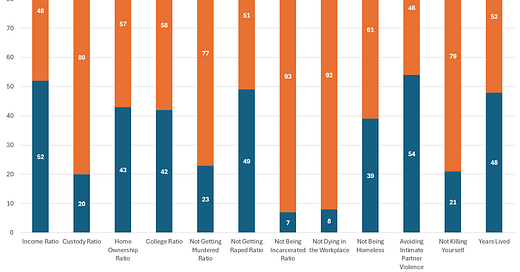


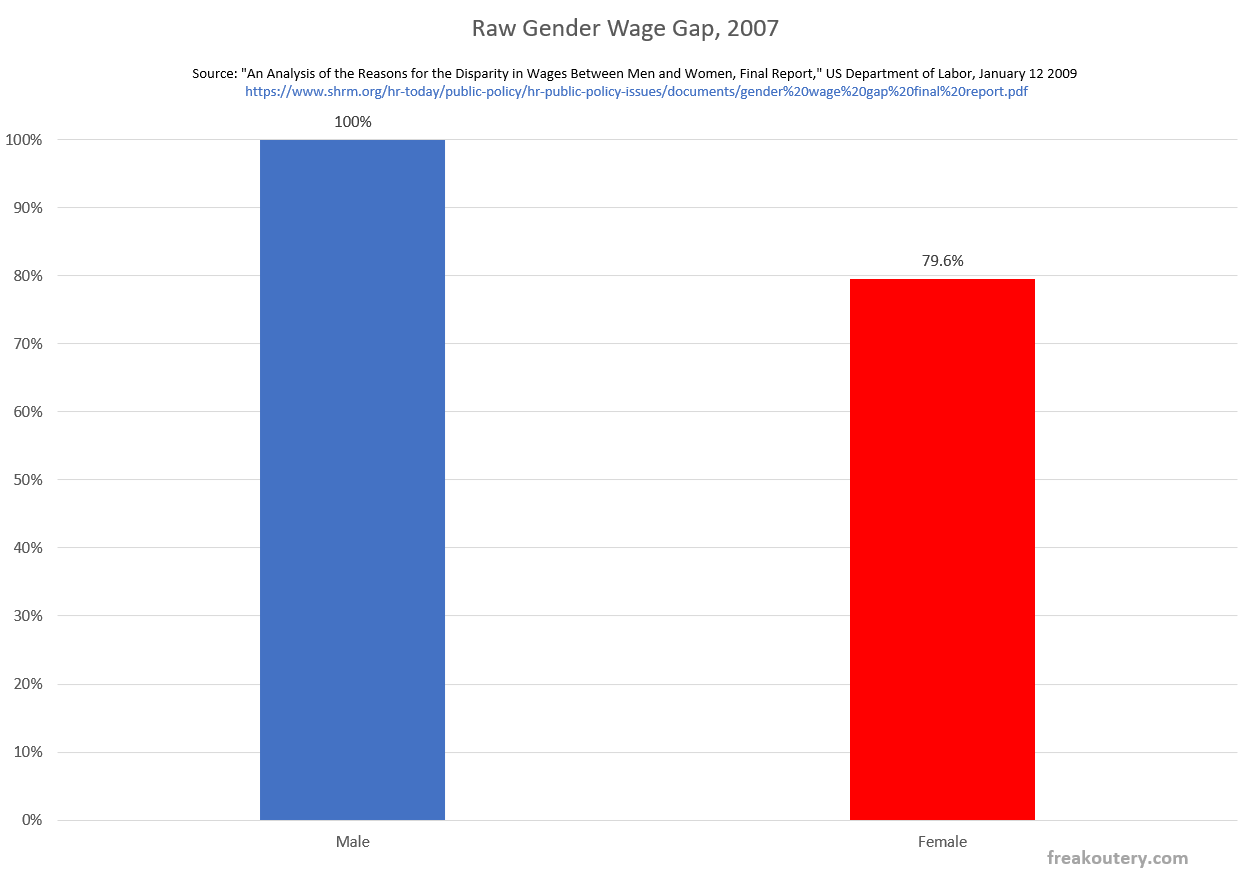
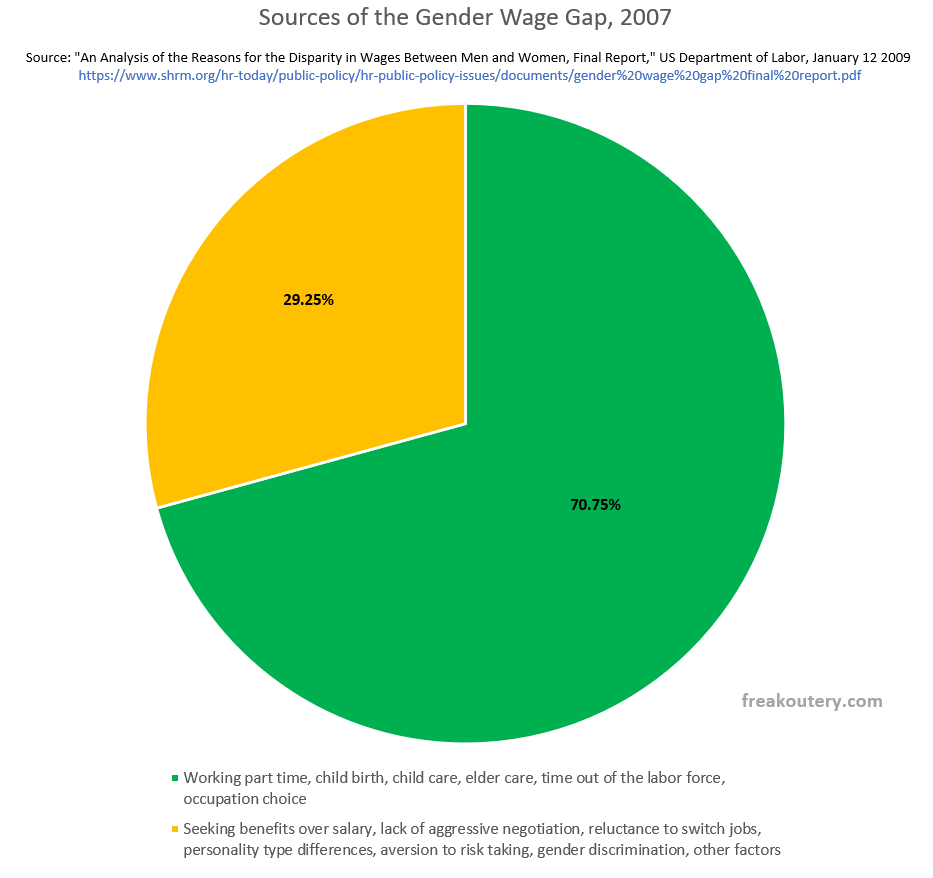
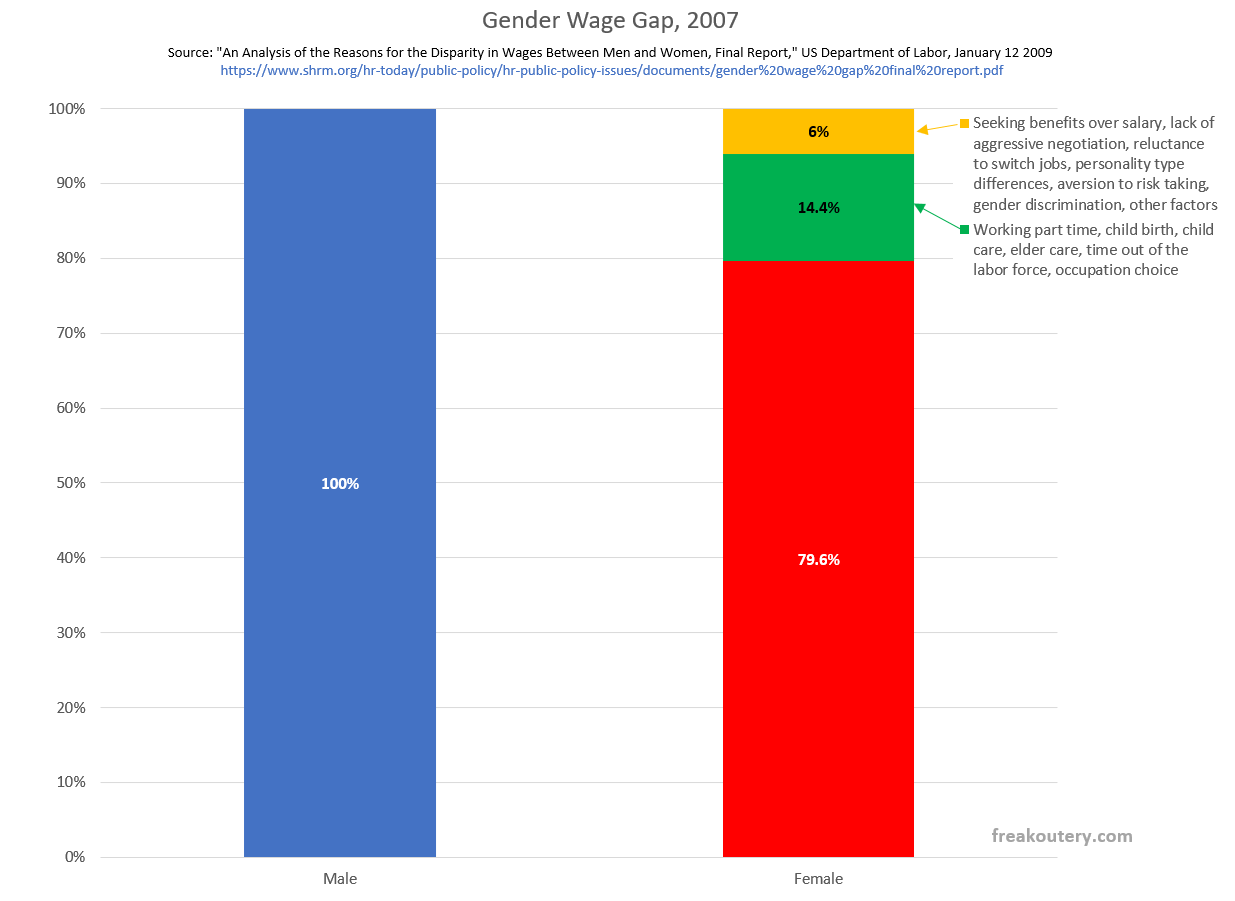
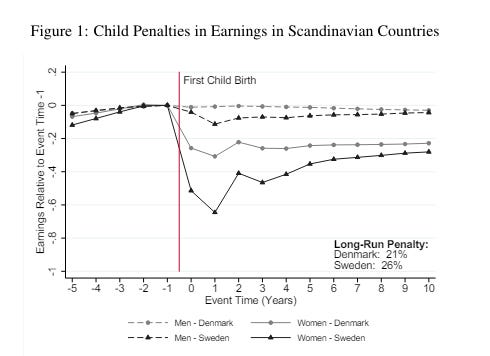




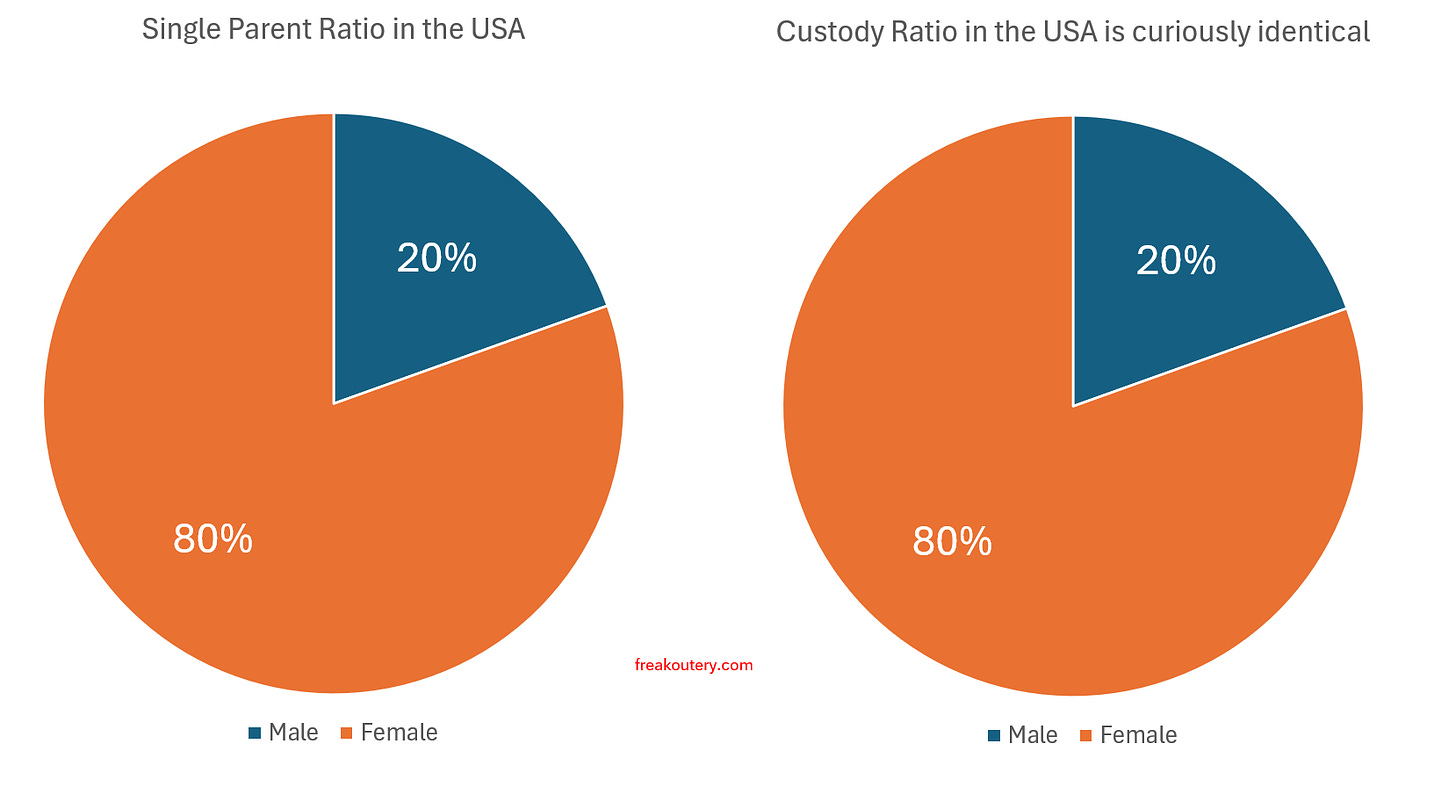
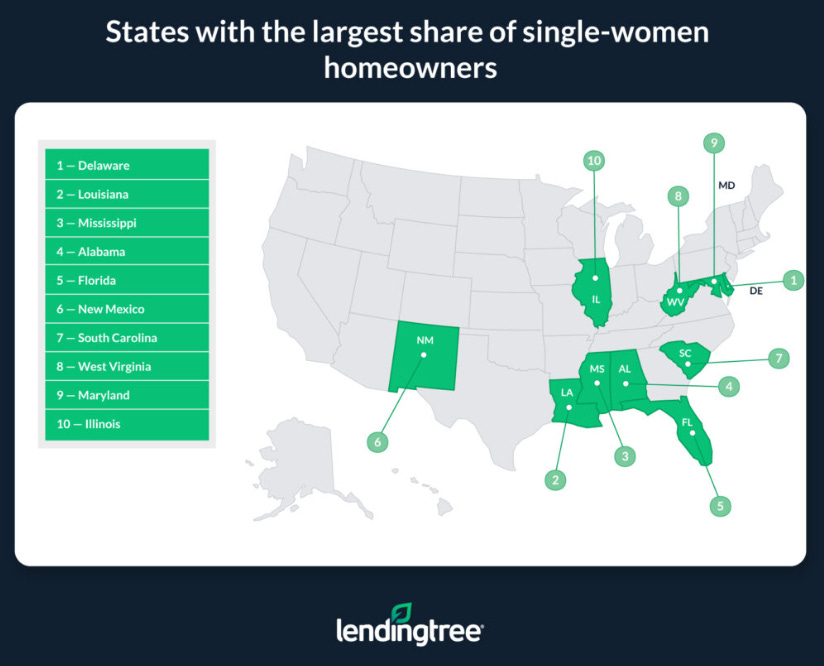
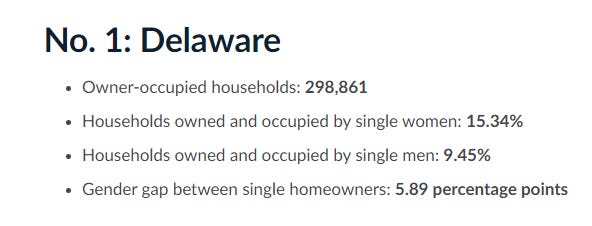
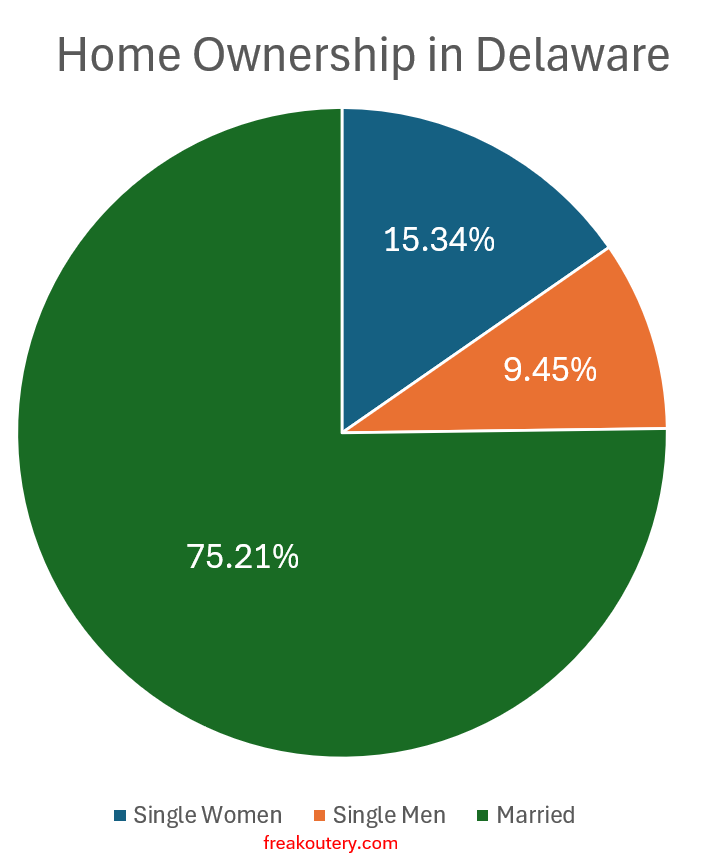
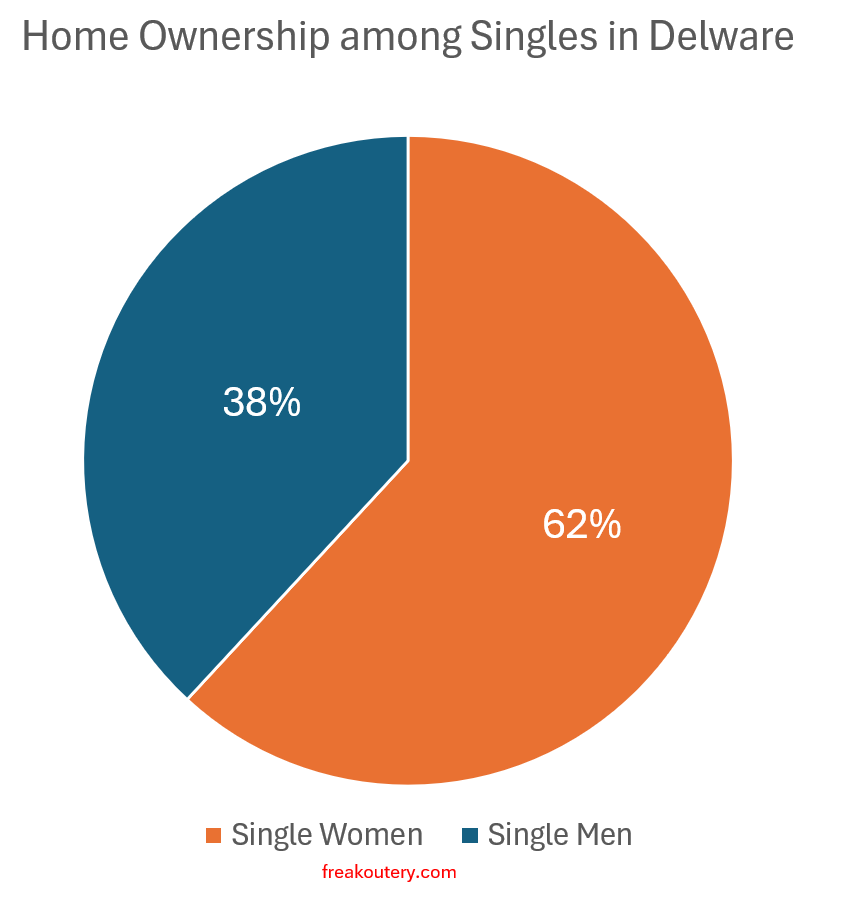
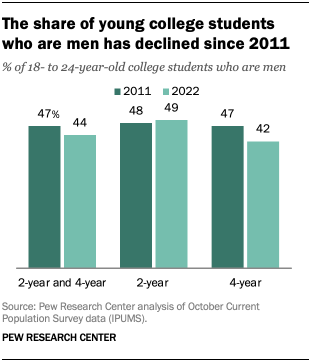
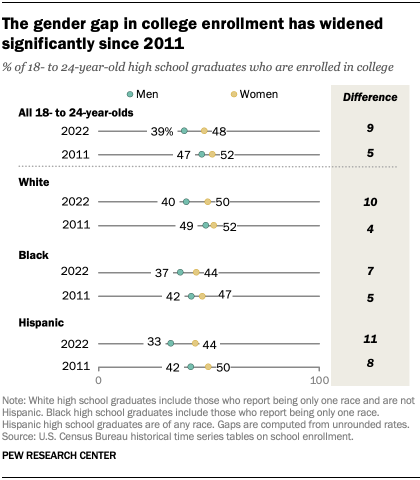
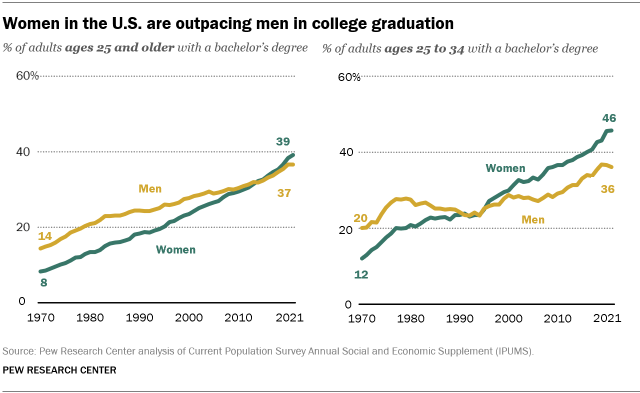
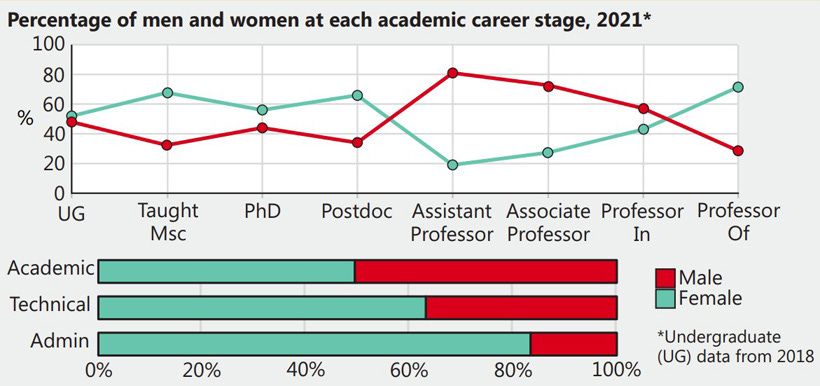
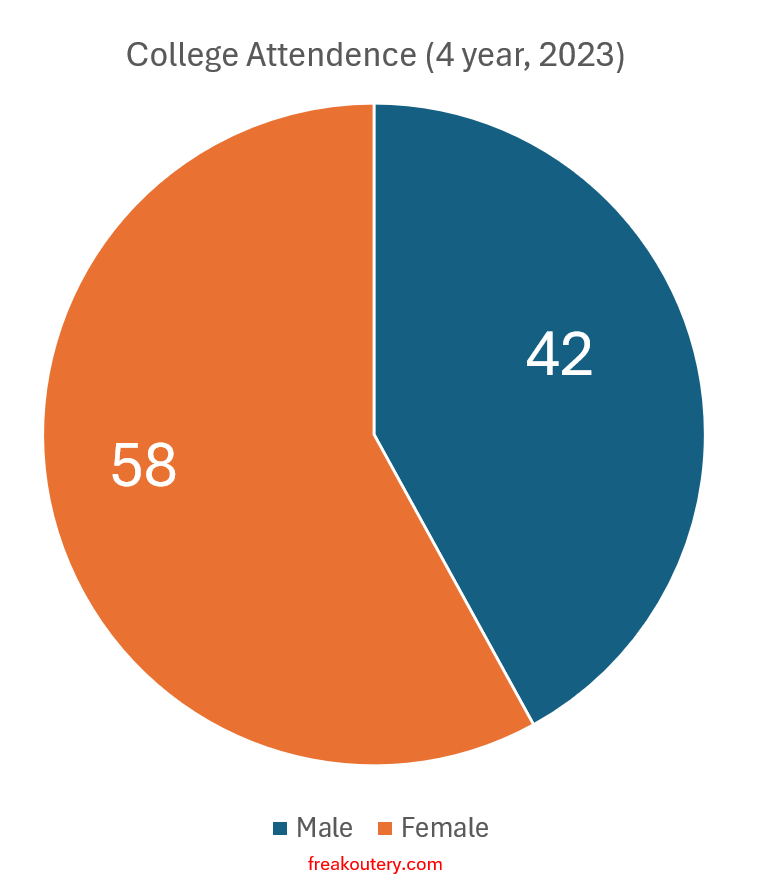


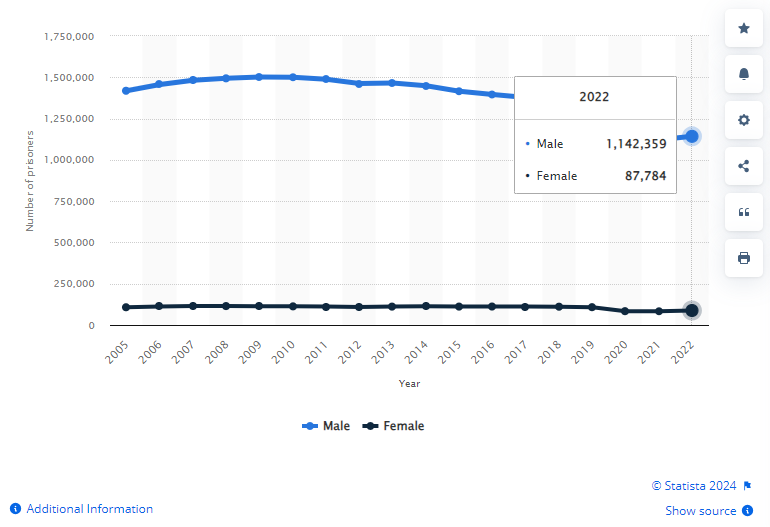
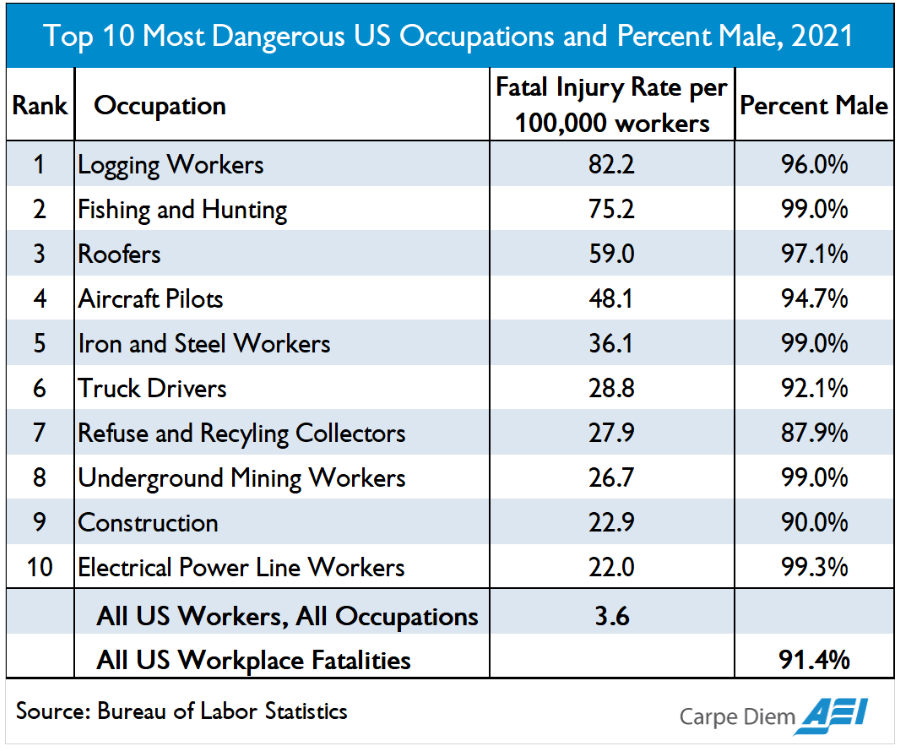
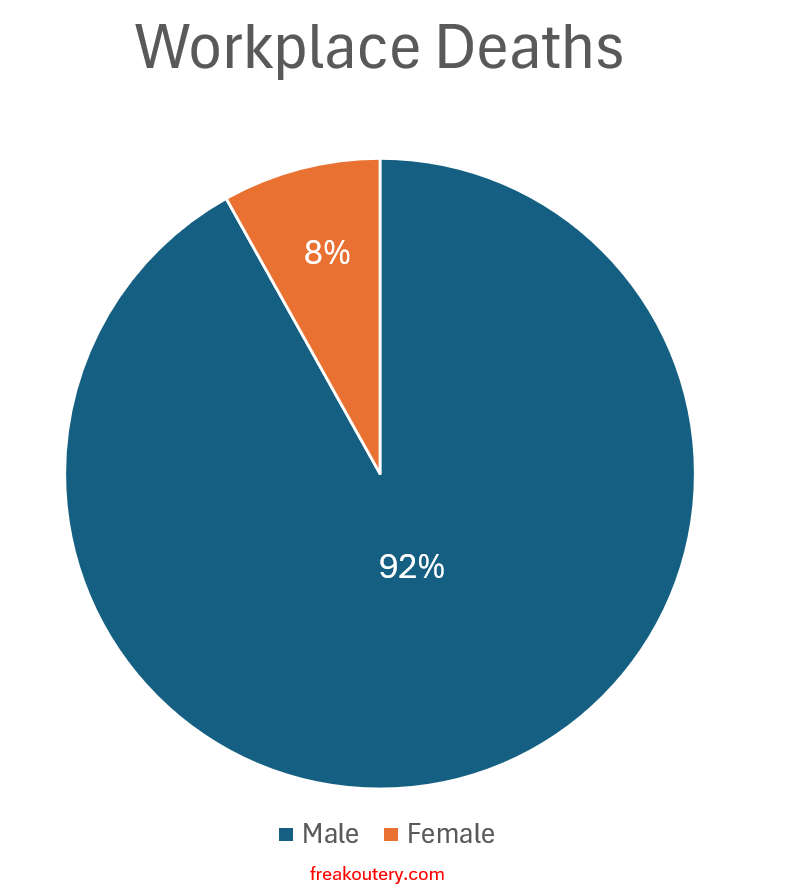
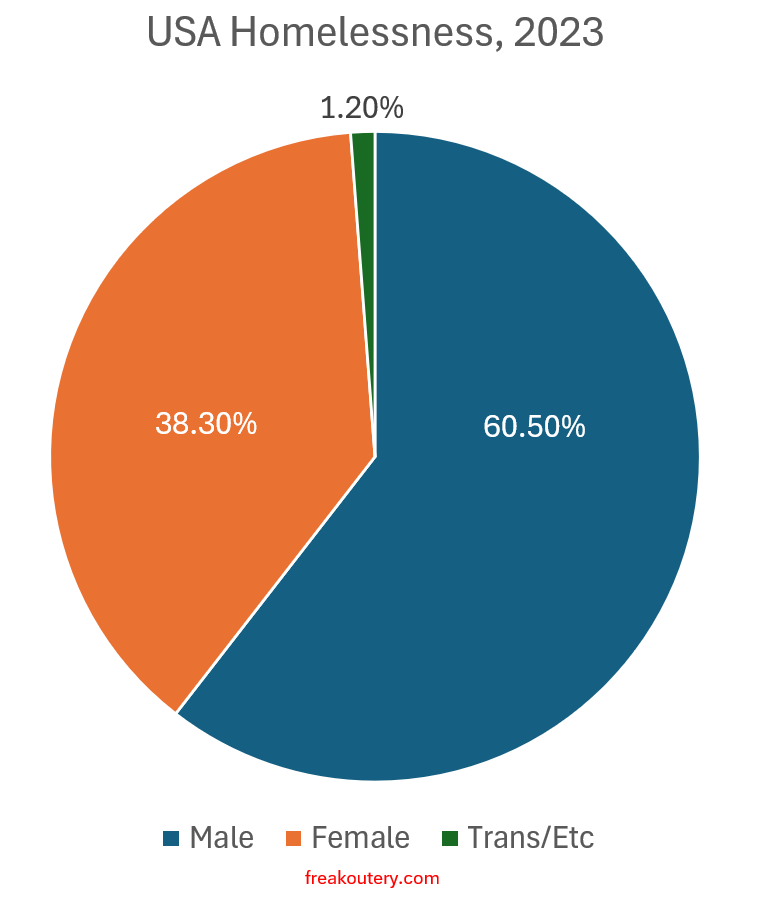
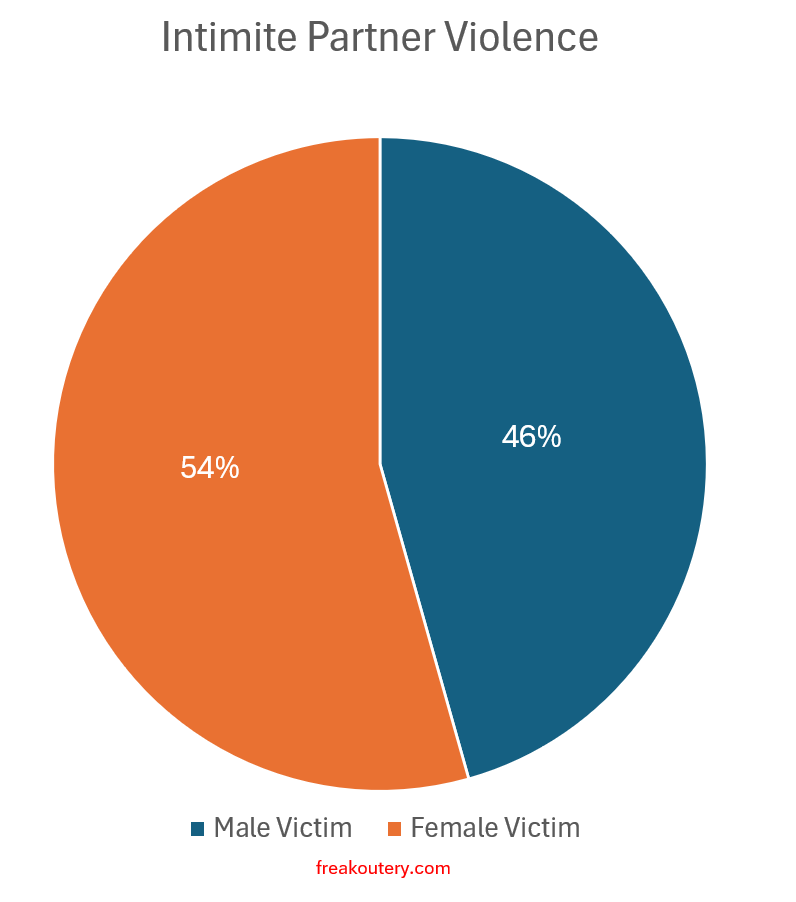
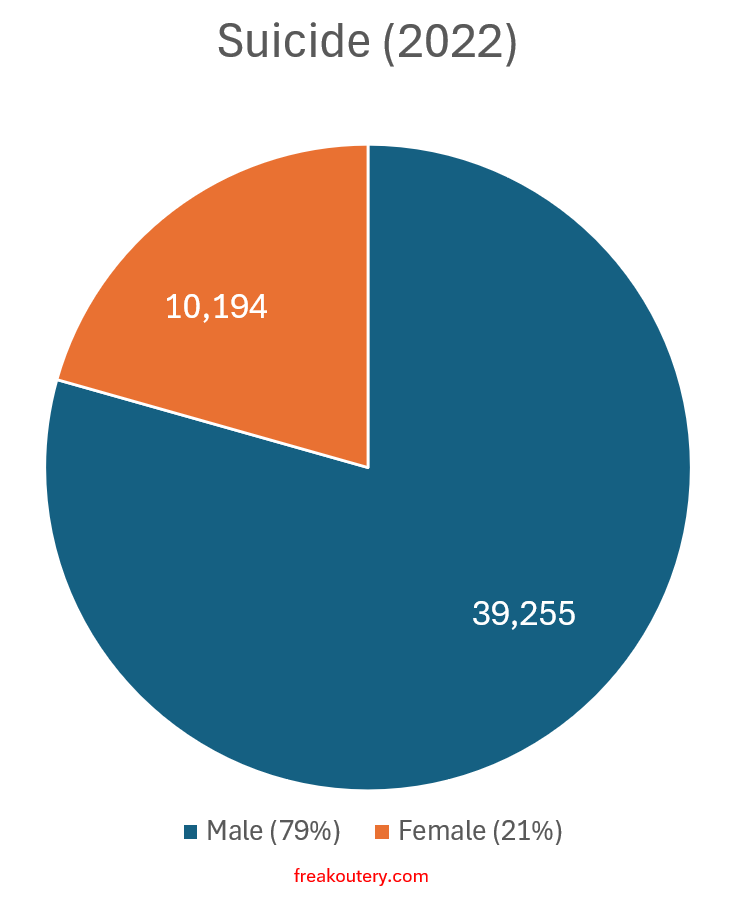
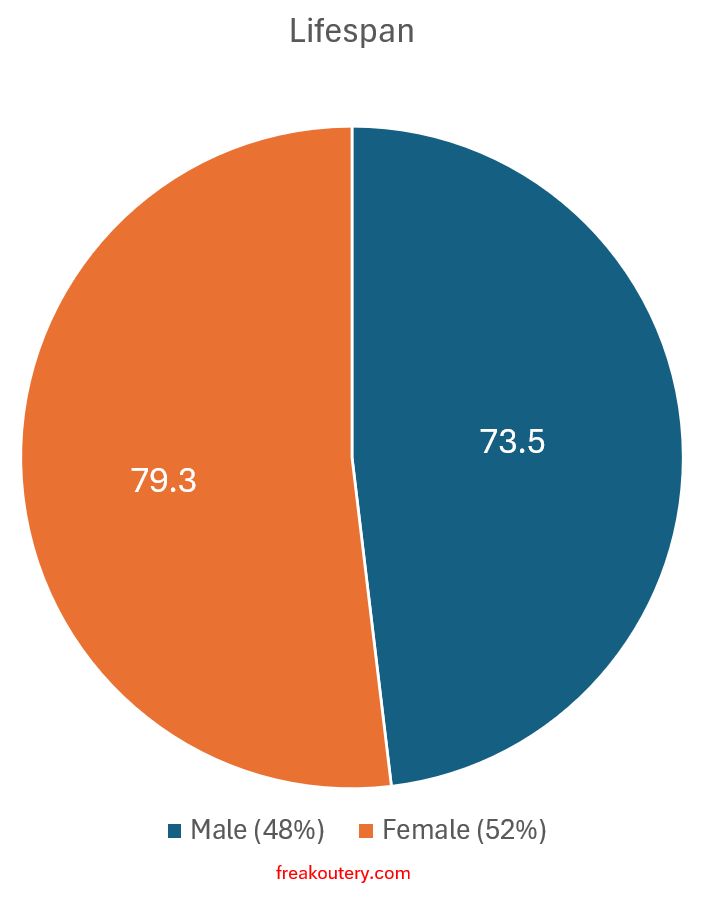


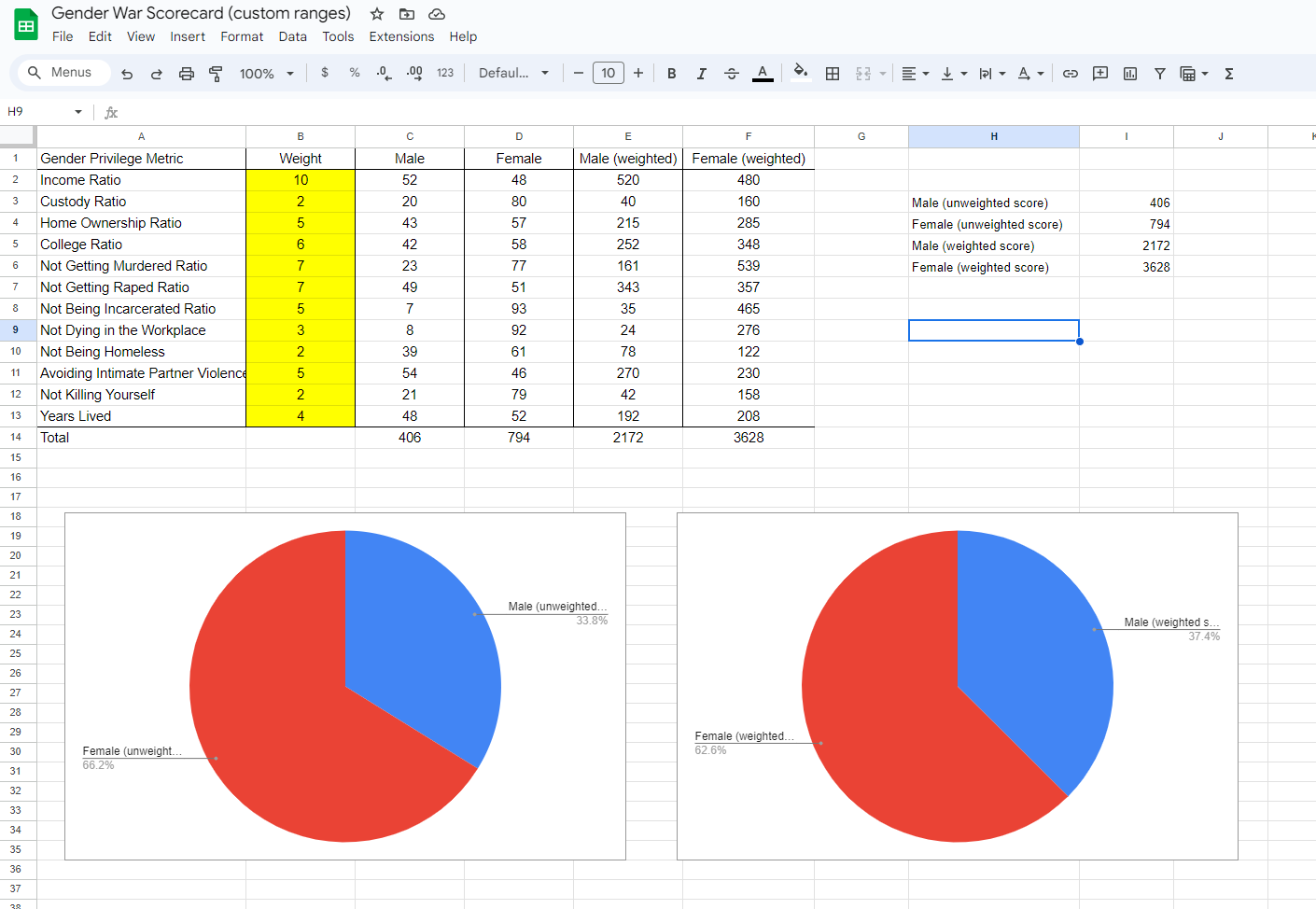
Back in the early 90s, I dated a girl who went to Mt Holyoke College, an all women's college in Massachusetts. I was completely immersed in the culture of that campus for 2 years. At the time I complained that they were not looking for equal rights, but dominance over men. The way they explained it to me was that things had to go way far past equal so that when it snapped back it would be equal. It took me a long time to get over the abuse/brainwashing/gaslighting that I suffered in that relationship, and eventually left the country to look for my wife in Guatemala. Personally, I don't associate with anyone that asks/demands anything of me that I don't agree with anymore, male or female. I just choose not to play with them.
Nice compilation. Interesting (for a non American) to look at "breeder penalty" by country. The German figure feels intuitively right, somehow.
That said, a few nitpicky points:
1) part of the single person home ownership difference will be due to widows being more numerous than widowers. You can argue that this just confirms the female privilege in living longer, but I'll still be interested in seeing the same data for people under 60 or whenever males start dying out
2) the IPV and rape statistics are slightly at least disingenuous in one particular way. They lump together violent and non violent instances of both and while I'm furthest from implying that being belittled and humiliated isn't a form of violence in a broad sense (really, I acknowledge it can be), there's a difference between being called a useless piece of shit and having your ribs broken. A comparison of the number of males and females killed by their partners or exes would dispell this. Same with rape: violence/physical force or its threat vs "rape as unwanted sex while intoxicated" might (I'm not as sure here) show a different picture.
And I'm pretty sure you'll still end up with similar conclusions, just acknowledging some ways in which women ARE obviously disadvantaged in direct conflict with men.